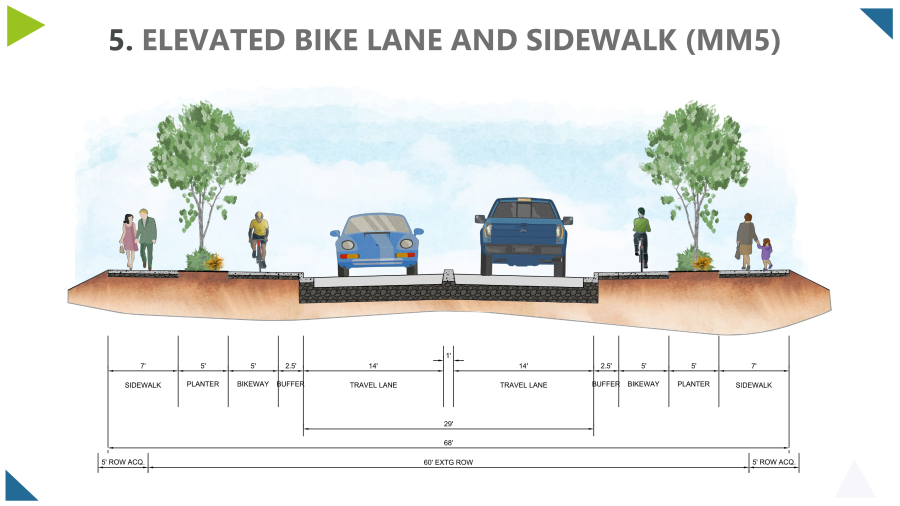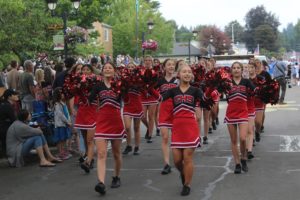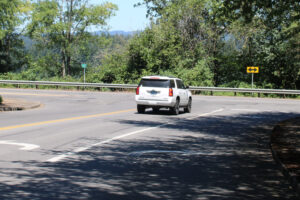One month after Camas residents and business owners concerned about the City’s Everett Street Corridor improvement project’s possible negative impacts to their homes and businesses packed the Camas City Council’s Nov. 20, 2023, workshop, city officials gathered again to discuss the corridor improvements and mull next steps for the traffic corridor.
“We’ve got a lot of public comment on this, and this is our fourth presentation to Council,” Camas Public Works Director Steve Wall told city officials during a special meeting held Dec. 20, 2023. “This does not mean we’re not still taking comments or that people can’t still send (comments) to Council or staff. And we’re still taking questions on Engage Camas.”
The special meeting held Dec. 20 did not include a public comment period. Instead, Wall said, the special meeting was meant to continue the discussion city officials started during the Nov. 20 workshop and to explain the “preferred alternative” design city staff and consultants were recommending for the 1.5-mile, two-lane state highway (state Route 500) that leads from the Lake Road-Everett Street roundabout to the city’s northern limits near Northeast Third Street and connects much of Camas to recreational points along Lacamas and Round lakes, and leads to the city’s North Shore area, Camas High School and a cluster of small businesses — including the Acorn & the Oak, Lakeside Market and L&L Autobody — located between Northeast 35th and Northeast 38th avenues.
“This is a long–term project and process,” Wall told the Council Dec. 20. “We will have more detail … but we’re asking Council to consider options for intersection control — there are signals and roundabout options and we can talk about the pros and cons for each — but this is something we want to get some concurrence on to move forward with that decision.”
Wall said staff and consultants came up with their preferred alternative for the Everett Street Corridor after significant public outreach that included meetings with business owners, a technical advisory committee, Washington State Department of Transportation (WSDOT) staff, property owners living near the corridor and open houses and surveys for the general public.



